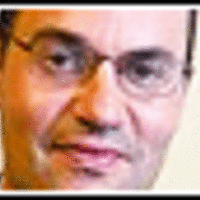How many Los Angeleans are stealing subway fare?
Loading...
Forget the 1% and OWS. The new key number in life for the people of Los Angeles is 3%. In Los Angeles, it is easy to evade paying for riding the subway. Turnstiles are unlocked, security is lax and commuters often hop over or pass through undetected (source). Why has the LA Metro chosen not to invest in the basic public transit infrastructure (such as monitoring turnstiles) that New Yorkers take for granted? The answer is, as reported by the LA Times, that the Metro Authority assumes that only 3% of riders are evading fares! Talk about the honor code! Gary Becker wouldn't be surprised to find that there is more crime where there is less punishment. The honor code is honorable but unreasonable.
During this time of public sector budget deficits, this "free pass" adds up to a fair bit of redistribution to those who evade. Who chooses to jump the turnstile? This would be a good study that an economist and sociologist could write together. I'm guessing that those who evade are more likely to be poor and young but I apologize for my profiling. In LA, the base fare is $1.5 so if you evade twice a day and work 200 days a year, that's $600 that you have chosen not to give the city of LA as you enjoy its services for free.
For those economists who measure the CPI, I think that this price of transportation should be factored in. If the poor are more likely to evade, then they face lower transportation prices than people who drive. There is an old literature in economics studying whether there is less consumption inequality than there is income inequality. This could happen if the poor face lower prices for goods. Here is a paper by Cutler and Katz that rejects the claim that consumption inequality is lower than income inequality.





